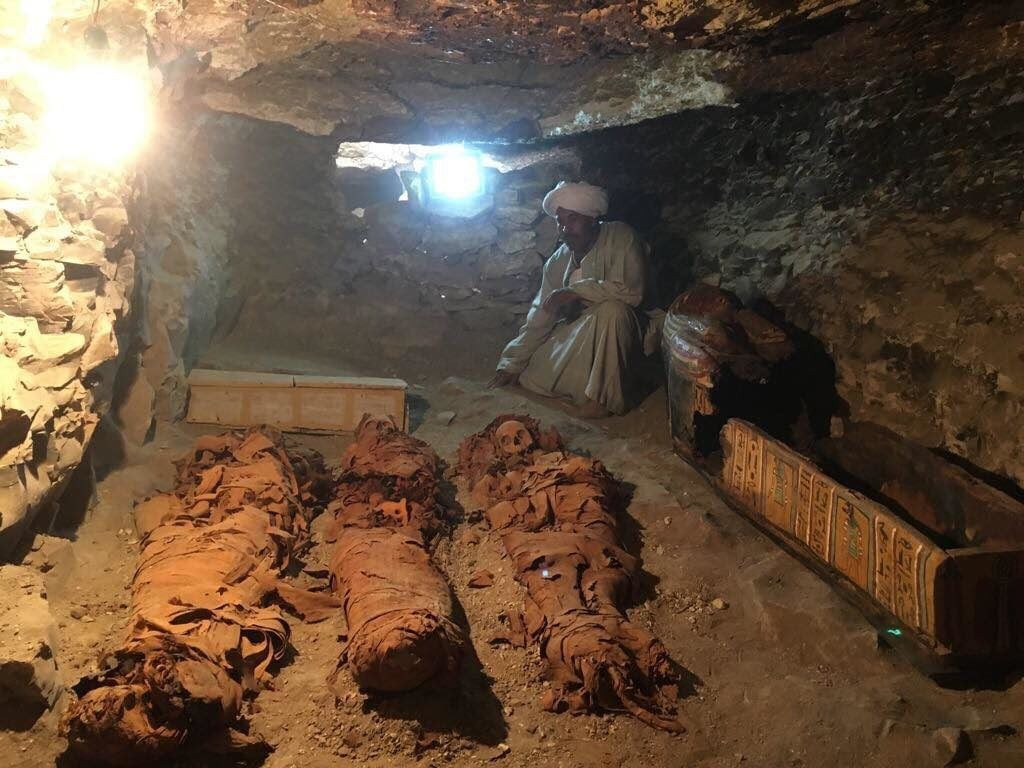The Watery Grave: A Unique Archaeological Find
In a groundbreaking discovery that has captivated the archaeological world, researchers have unearthed a 3,500-year-old tomb at the ancient quarry site of Gebel el-Silsila in Upper Egypt. This extraordinary find, described as a “watery grave,” contains the remains of 50 to 60 ancient Egyptians, providing a rare and fascinating glimpse into the lives of ordinary people from the 18th Dynasty.
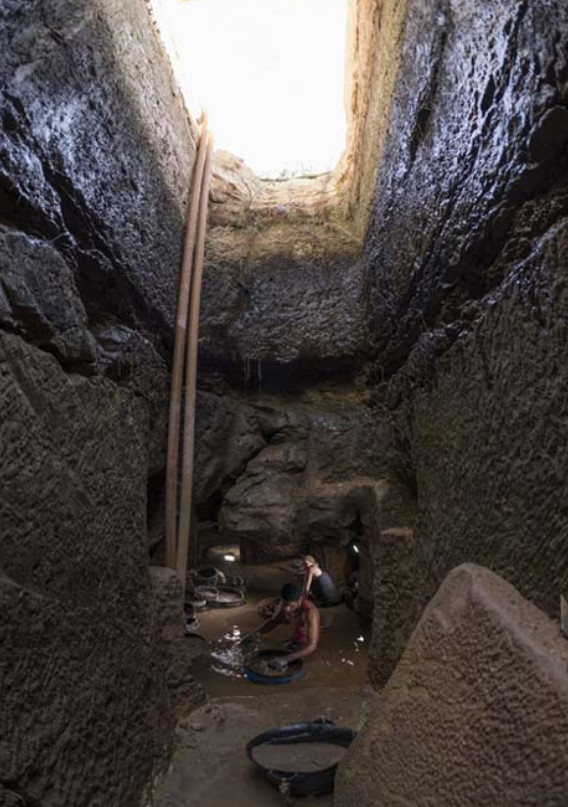
Located at the bottom of a 16.5-foot-deep shaft, the tomb consists of two chambers filled with briny water from a natural spring. The discovery of this unique burial site has sparked immense excitement and curiosity among scholars, as it offers a window into the daily lives and societal structures of ancient Egyptian quarry workers and their families.
Challenges and Excitement in Excavation
The excavation team, led by the renowned archaeologist Dr. Maria Nilsson, faces unique challenges due to the waterlogged conditions of the tomb. John Ward, the assistant mission director, humorously describes their work as “sitting in this soup… of human remains.” Despite these difficulties, the team remains enthusiastic and determined to uncover the secrets of this ancient site.
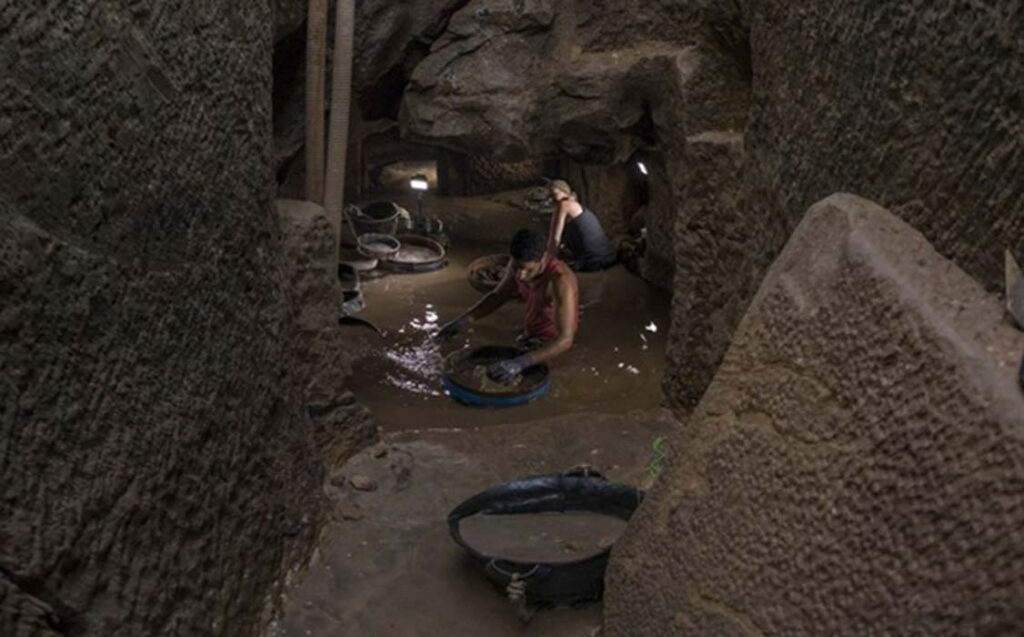
Ward likens each day of discovery to “Christmas,” as the team carefully navigates the delicate and complex task of excavating the tomb. The waterlogged environment poses significant logistical and preservation challenges, but the team’s dedication and innovative approaches have allowed them to make remarkable progress in their investigations.
Insights into Ancient Egyptian Society
This extraordinary tomb provides a wealth of insights into the lives of quarry workers and their families during the 18th Dynasty. The presence of women and children suggests that this was not merely a burial site, but a complete society living and working in the ancient town of Kheny, which was situated near the quarry.
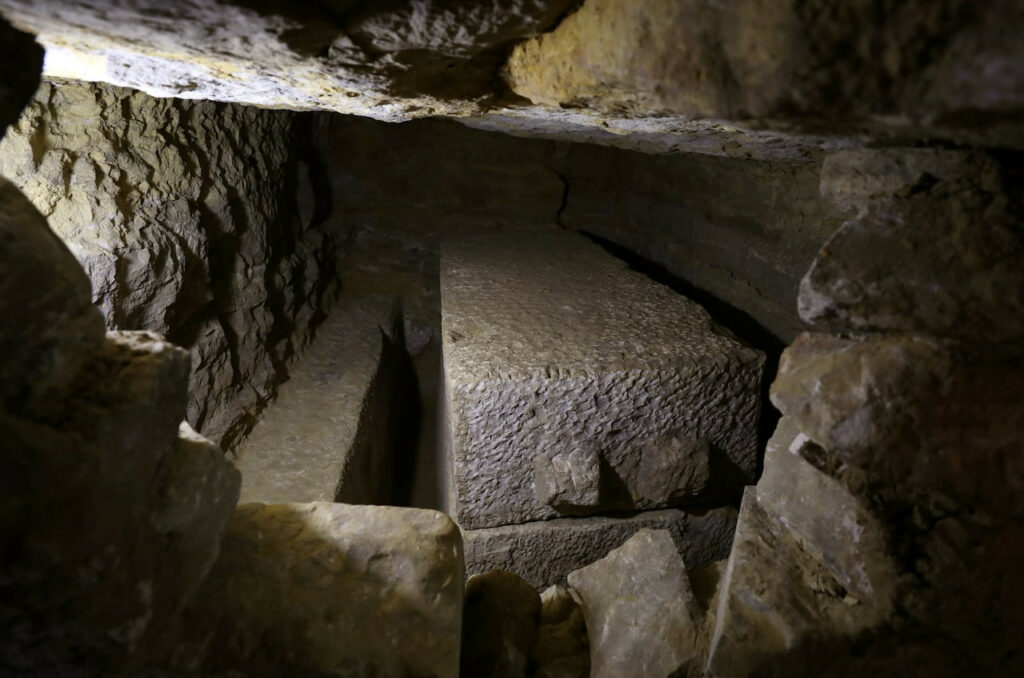
Interestingly, the excavation has revealed evidence of broken bones and back problems in the adult male remains, indicating the harsh working conditions faced by these individuals. This finding challenges the common perception that ancient Egyptian construction workers were solely slaves, as the discovery of amulets and shabtis (figurines used as manual laborers in the afterlife) suggests a more complex social structure.
Challenging Preconceptions about Ancient Egyptian Workers
The discovery at Gebel el-Silsila aligns with Dr. Nilsson’s research focus on exploring the lives of workers rather than just the elite in ancient Egyptian society. By uncovering the stories of these quarry workers, the team is challenging long-held assumptions and shedding new light on the diverse roles played by individuals in shaping the ancient world.
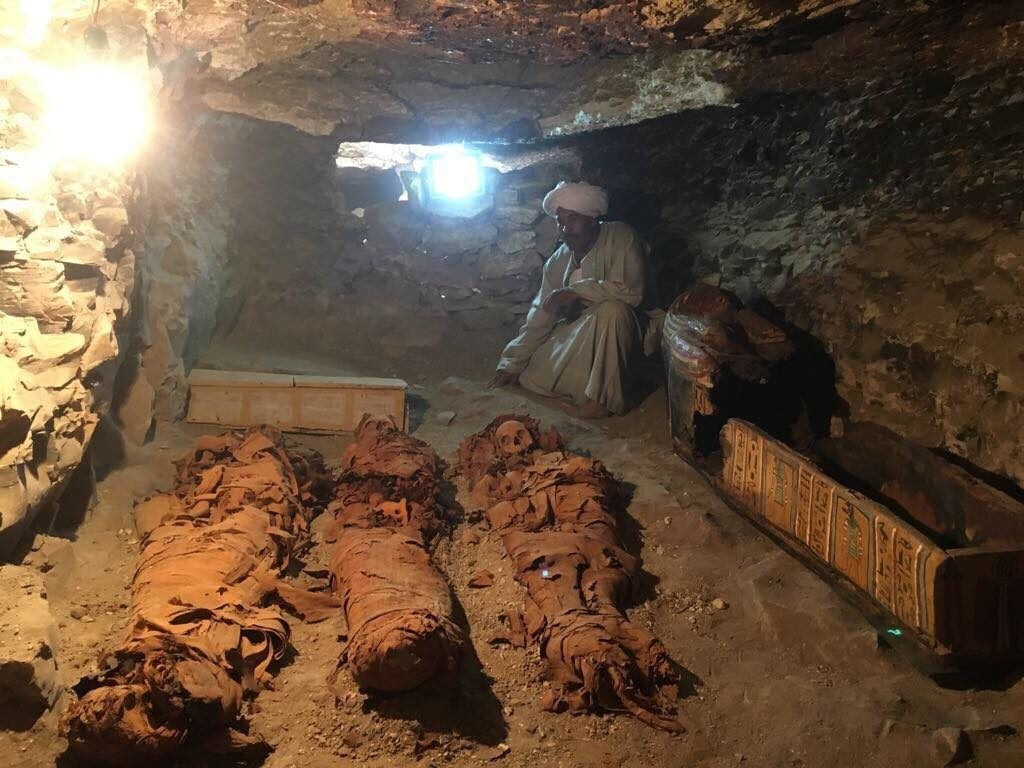
The presence of women and children in the tomb, as well as the evidence of amulets and shabtis, suggests that these quarry workers were not merely slaves but may have held a more significant place in ancient Egyptian society. This discovery has the potential to rewrite our understanding of the social and economic structures that supported the construction of Egypt’s iconic monuments and buildings.
Ongoing Excavations and Future Discoveries
As the excavation team continues to explore the tomb, including an inaccessible second chamber and a third sarcophagus, more secrets of this ancient site are expected to be revealed. The Gebel el-Silsila excavation promises to shed further light on Egypt’s rich history and the diverse experiences of its people.
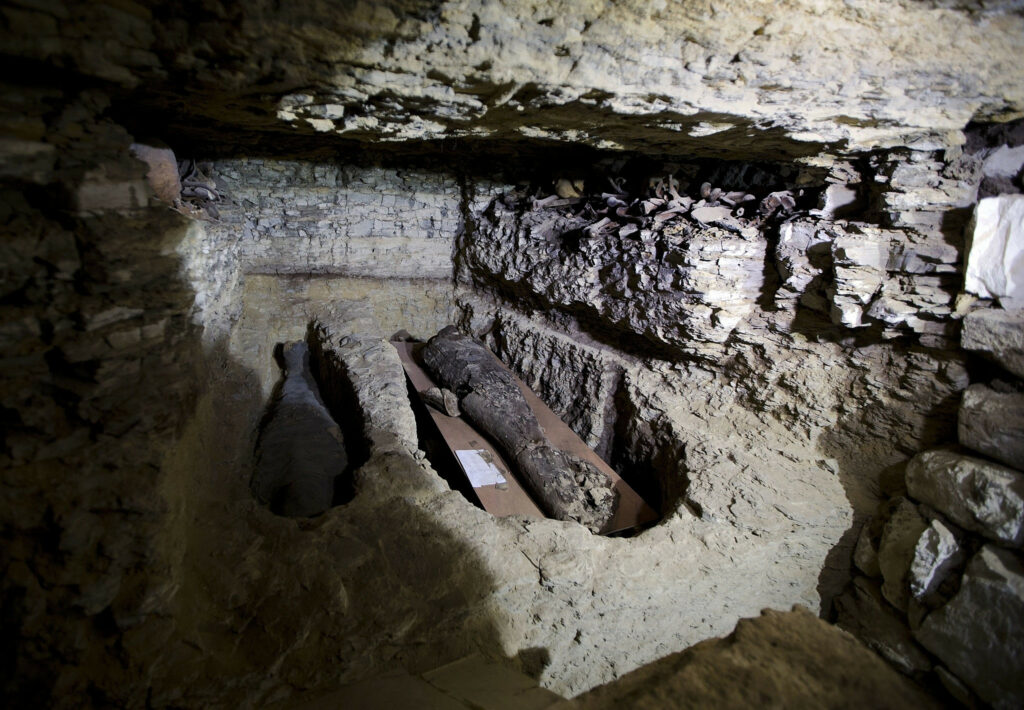
The team’s meticulous and innovative approach to this unique archaeological find has already generated a wealth of new information and challenged long-held assumptions. As the excavation progresses, we can expect even more remarkable discoveries that will deepen our understanding of the lives and experiences of ancient Egyptians, from the elite to the everyday workers who played a vital role in shaping one of the most remarkable civilizations in human history.

